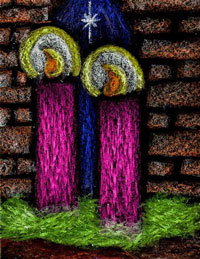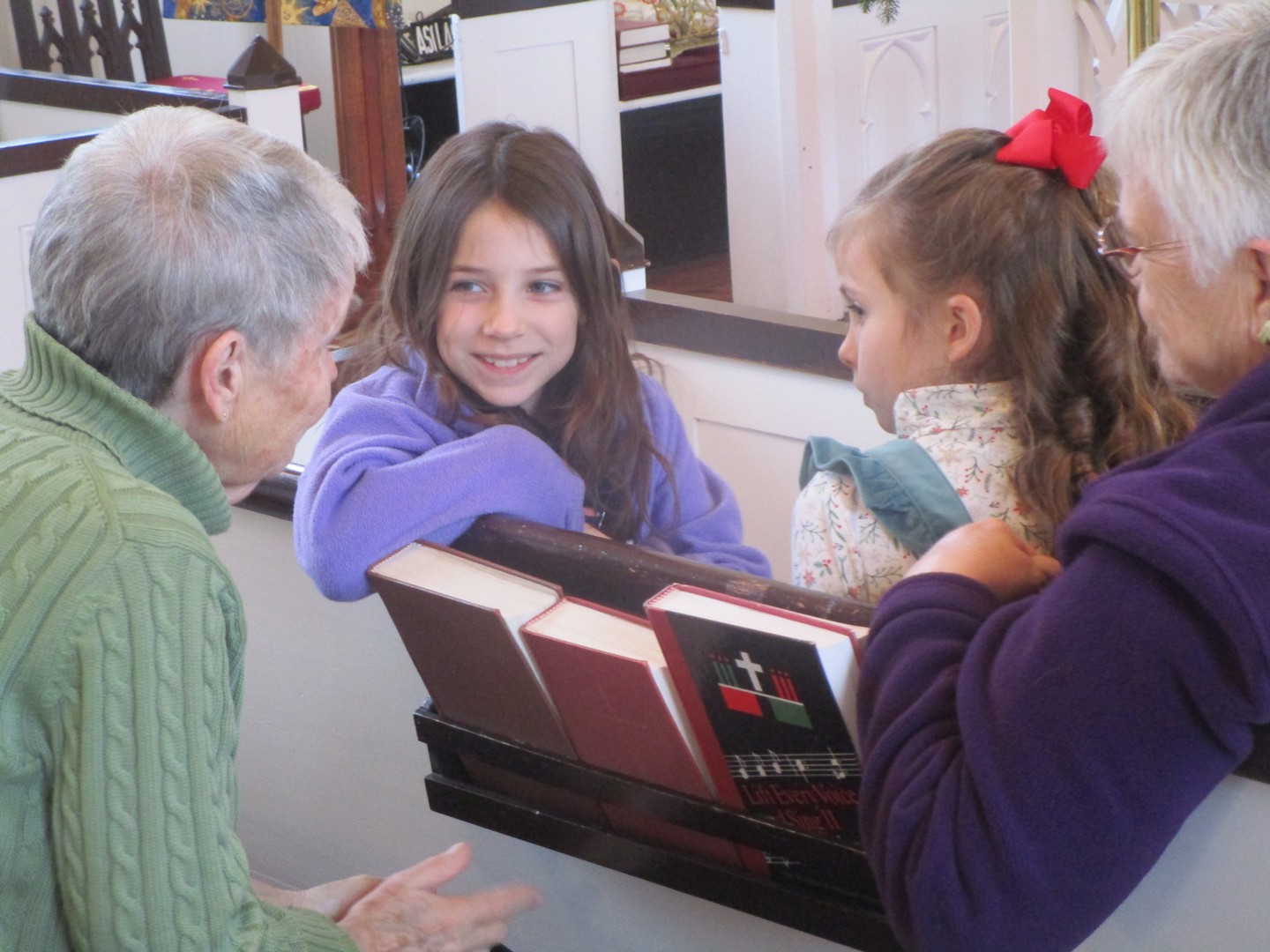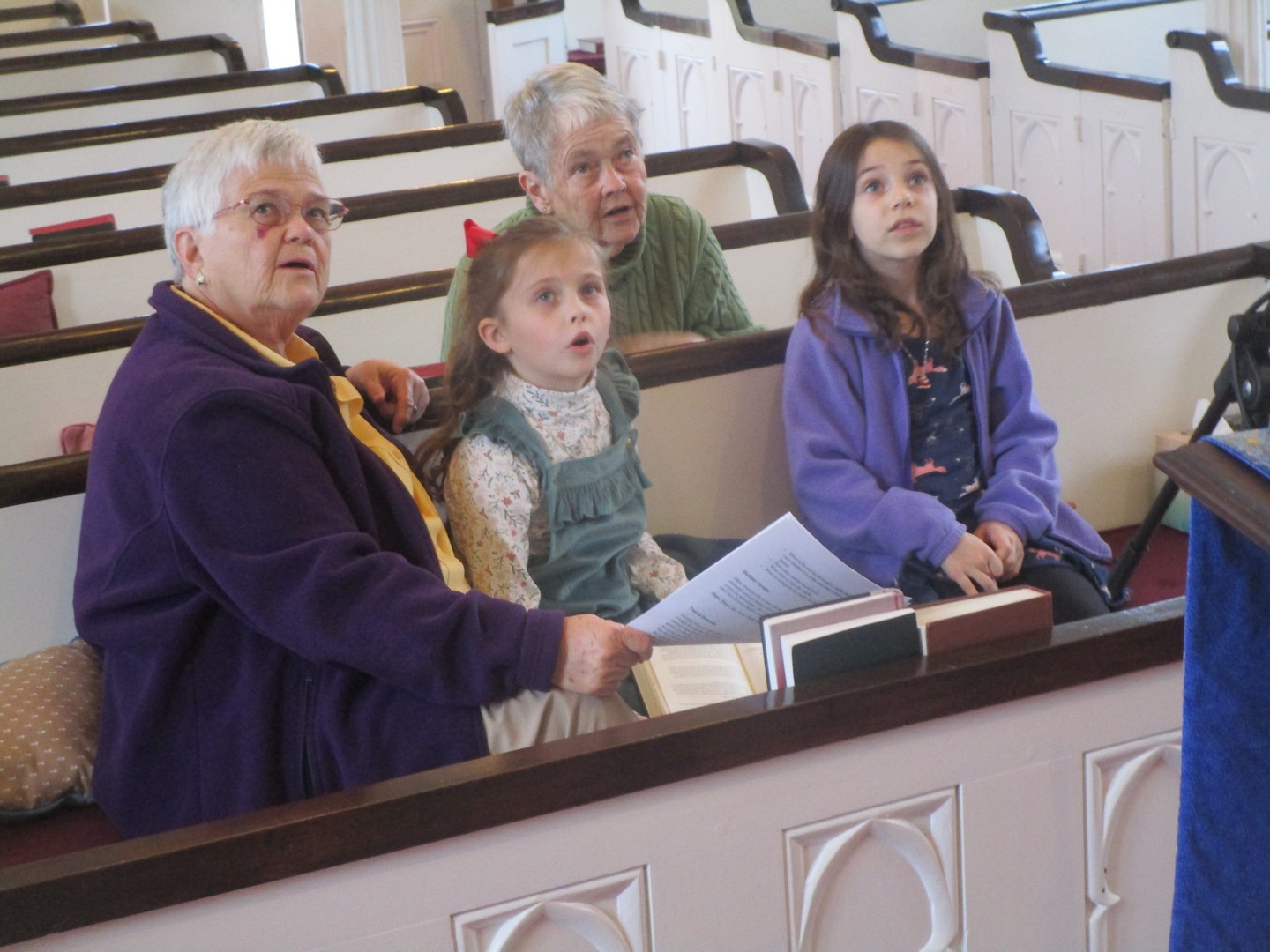By David Lose
Notice one thing: before Mary says “yes,” she is blessed.
Why does this matter? Because I think it captures not only the important role Mary plays in the Gospel story but also reveals a central dynamic of the Christian life.
First, to Mary. She is regularly hailed as a model of faith for her acceptance of the role God invites her to play as the mother of Jesus. And for good reason. Throughout Luke’s Gospel, the willingness to trust the promises of God is the mark of discipleship. And so Elizabeth believes that in her old age she will nevertheless bear John, and the disciples believe they will fish for people, and the repentant thief believes Jesus is innocent and asks his blessing and so on. Similarly, Mary also believes God’s promises.
But what is it, exactly, that Mary believes? Yes, she believes Gabriel’s announcement that she will bear Jesus. But before that, she believes that God noticed her, that God favors her, that God has blessed her and has great plans for her.
And this, I think, leads us to a central dynamic not only in the Gospel but also the Christian life itself: the first, and in some ways the most important, thing we are called to believe is that God similarly notices, favors, and blesses us. And once we believe that, we can do incredible things.
Blessing, you see, is a powerful thing. And, sadly, a rare thing. We live in a world that seems geared toward rewards and punishments. Whether at work or school or even home, we have been conditioned to expect people to give us only what we deserve. But blessing operates on a different logic. Blessing is never deserved, but always a gift. Blessings intrudes into, interrupts, and ultimately disrupts our quid pro quo world to announce that someone sees us as worthy and special apart from anything we’ve done.
And perhaps because it’s so rare, it’s also hard to believe. Certainly this is true of Mary. She is perplexed by the angel’s announcement that she is favored by God. “What have I done,” Mary may wonder, “to merit God’s notice and favor.” But that’s of course just what blessing is – unmerited and undeserved regard and favor. And as the blessing sinks in, Mary is able to open herself to the work of the Holy Spirit to use her to bless the whole world through her willingness to carry Jesus.
Which is why I think it matters that we notice that before Mary says “yes,” she is blessed.
You see, here’s the thing: I think our people have a hard time believing that God favors them, too. Even that God notices them. Not on Sunday. Most of us figure God is watching us on Sunday, if only to see if we’ll make it to church. 🙂 Rather, we wonder if God even notices us, let along favors us, the rest of the week. Work, school, our home life – these can seem like such mundane things and hardly worth God’s attention. And yet in this story we hear about God noticing and blessing someone who by all accounts is a nobody in the ancient world. And when this nobody young girl believes God’s blessing and accepts God’s favor, the world begins to turn.
This is why I think this passage is so important, not because it lifts up Mary as the exception, but rather because it identifies her as an example of what can happen when you believe that God notices, favors, and blesses you: you may just change the world!
We might invite folks to take just a moment or two to imagine where they will go this week, what they will do, whom they will meet, and how in each of these circumstances God is noticing them and blessing them so that they might be a blessing to the world. It might take a while for your people to believe this. After all, so many of the voices in our lives conspire to make us feel like nobody and nothing. But in time, if we can say it again and again, it may just sink in that God has noticed, favored, and blessed us so that we might in turn bless and change the world.
Toward helping God’s blessing sink in, I’d even invite you to consider ending the sermon – or perhaps the whole service – by re-creating some of this scene, where you might say to your folks, “Greetings, favored ones. The Lord is with you and plans to do great things through you.” In turn, your people might answer, “How can this be?” And you may answer, “Whether at work or school, whether at home or in the world, the Holy Spirit is with you and will guide you in all you do and say so that you may be a blessing to the world.” And your folks may conclude, “Let it be according to your word.”
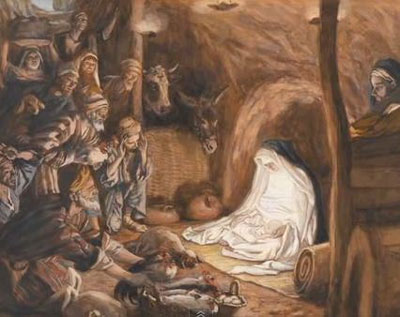

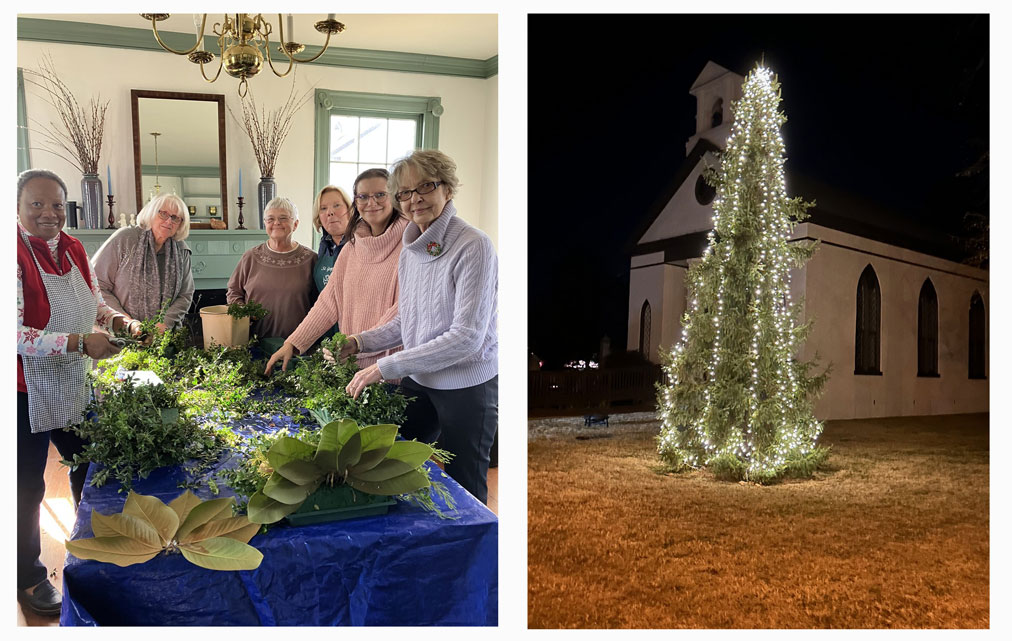

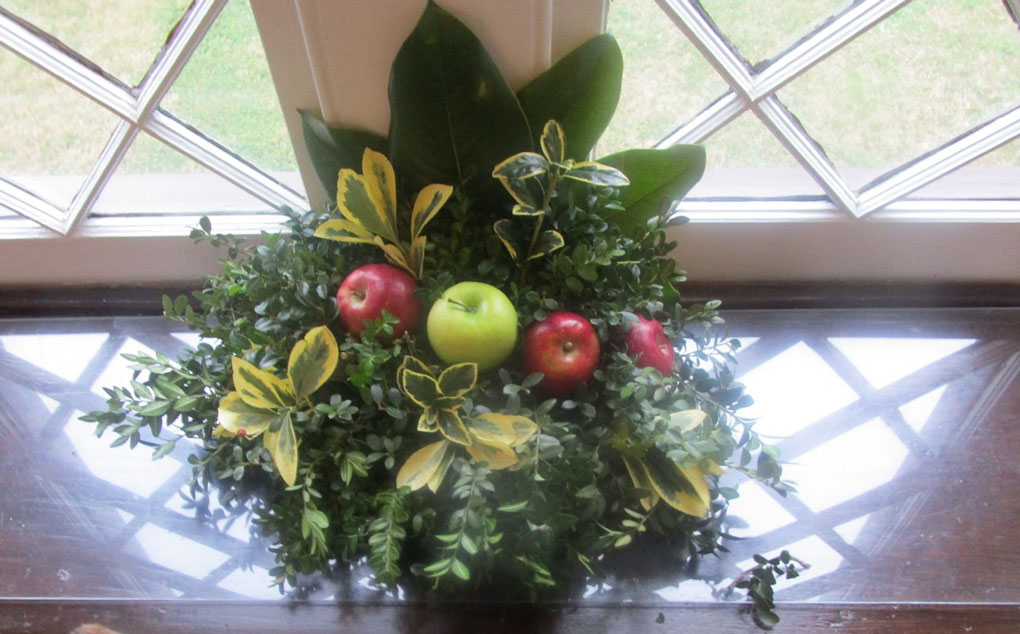



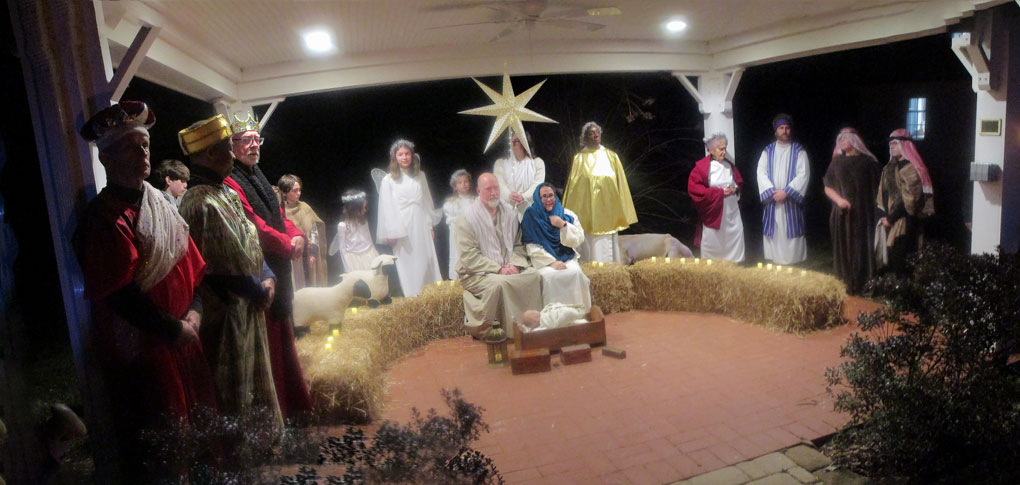
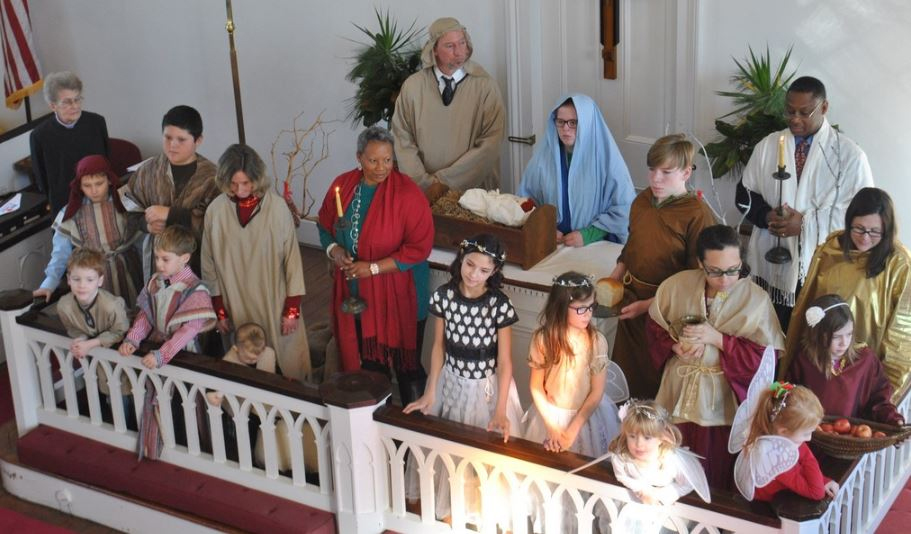
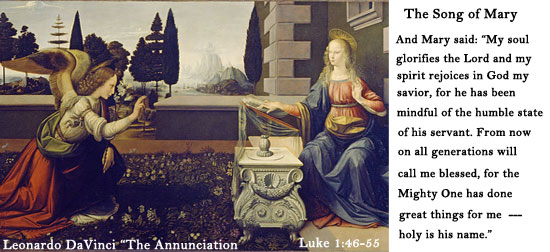
 Explore Advent, Part 3 – Over the Sundays in Advent there will be a presentation each week focusing on that week’s scriptures, art and commentary and how they demonstrate the themes of advent.
Explore Advent, Part 3 – Over the Sundays in Advent there will be a presentation each week focusing on that week’s scriptures, art and commentary and how they demonstrate the themes of advent. 